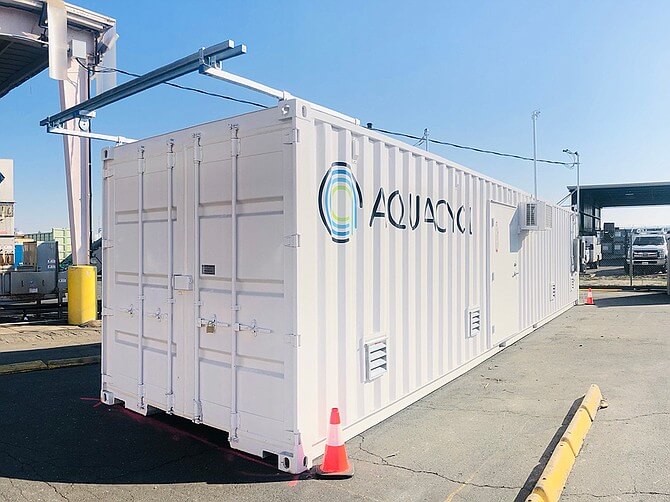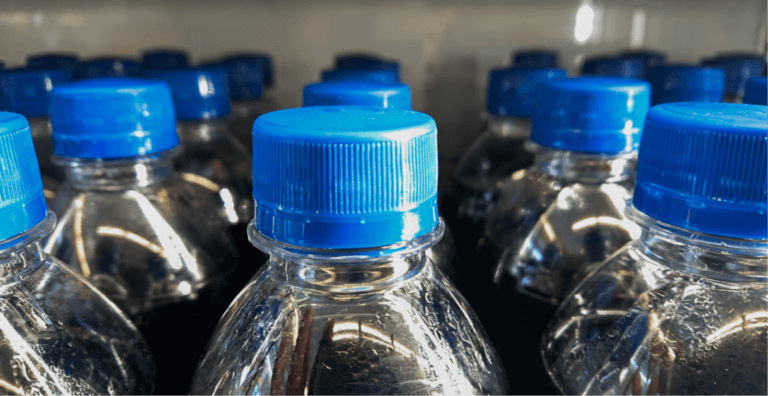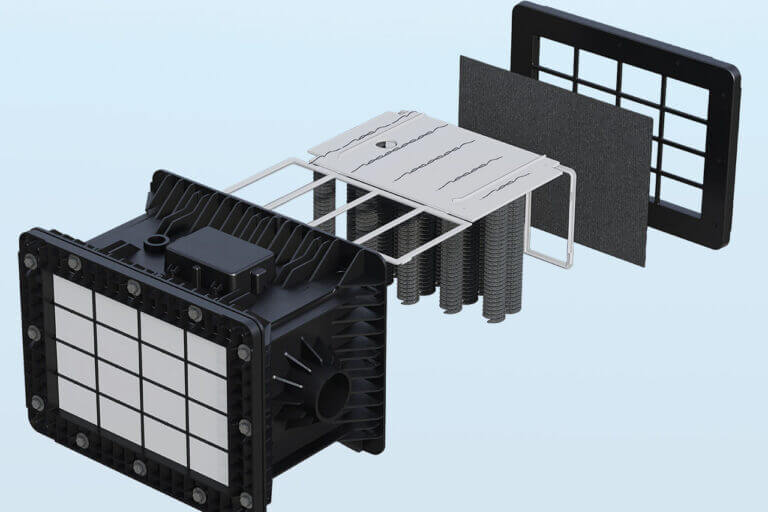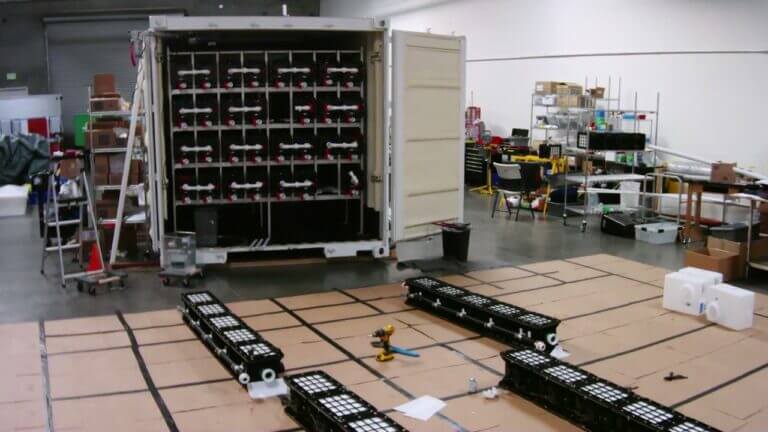For industrial facilities, wastewater treatment isn’t optional. Just like any other waste product of your manufacturing process, wastewater must be managed in compliance with environmental regulations. However, treating industrial wastewater is particularly challenging, and the available treatment options are often limited. Evaluating the costs of industrial wastewater treatment can be difficult.
Whether you’re setting up a new facility, addressing a critical compliance challenge, or just overhauling your existing wastewater management to save some costs, you’re in the right place. We’re breaking down the costs of industrial wastewater treatment options and providing a handy resource to help you compare them easily.
Understanding these cost factors will help you make an informed decision for your facility. Let’s dive in!
An overview of your wastewater treatment options
Due to the complexities of industrially generated wastewater, it often cannot be discharged directly into municipal utilities without some level of wastewater pre-treatment.
Typically, the basic requirement is pH neutralization. However, there may be additional requirements placed on a production facility based on the type of wastewater being generated. The requirements may call for a higher level of pre-treatment onsite or even offsite disposal.
Industrial producers have four primary options for handling their wastewater: onsite anaerobic systems, onsite aerobic systems, membrane-based solutions, or offsite hauling. However, there are more cost-effective and innovative onsite solutions (we will be exploring our own BETT® system for this one!). You often need a combination of approaches for industrial applications.
Let’s explore the advantages and challenges of the most common options:
Onsite Anaerobic Digestion Systems:
- Advantages: Generates biogas for energy recovery, reducing overall energy costs, and handle high organic loads.
- Challenges: Requires large capital investment, high OpEx for chemicals and digestate management, and dedicated operations team. Fluctuations in production activities often have negative impacts on system performance so wastewater management is very important to the success of such installations.
Onsite Aerobic Systems:
- Advantages: Effective for treating larger wastewater volumes with lower concentrations of organic pollutants and may have lower capital costs than anaerobic systems.
- Challenges: Cannot handle high organic concentrations, requires significant energy for aeration, and generates significant volumes of sludge that require a specific management plan. Additionally, aerobic systems are also sensitive to fluctuations in wastewater composition, making treatment efficiencies hard to predict without full time operators managing the pretreatment and flow rates.
Offsite Hauling:
- Advantages: No capital investment required, as wastewater is transported offsite for treatment.
- Challenges: Comes with recurring costs for transportation and disposal, along with potential environmental risks and regulatory liabilities. As wastewater production increases, so do costs and risks, making it an expensive long-term solution.
Aquacycl’s BETT® System
- Advantages: Offers low capital and operational costs, is energy-efficient, produces minimal sludge, operates with minimal chemical consumption, and is customizable for your facility’s wastewater composition, volume and production variabilities.
- Challenges: System size depends on wastewater volume, meaning high flow rates will require larger equipment installations
Costs of industrial wastewater treatment
Each wastewater treatment method comes with its own set of costs, which can vary significantly depending on factors like infrastructure requirements, sludge removal, energy consumption, operations and ongoing maintenance. Some solutions may have higher upfront costs but lower long-term expenses, while others might appear cost-effective initially but become more expensive over time.
To make the best decision for your facility, it’s essential to understand and compare the key cost factors associated with each option.
Here are some cost factors to consider:
- Capital Costs: The initial investment required to design, build, integrate, and commission a treatment system into your facility. This includes infrastructure, equipment, and any necessary modifications to existing facility layout and/or operations.
- Operational Costs: Recuring expenses such as energy consumption, chemical dosing, sludge hauling, labor, routine maintenance, and system monitoring. Some systems require constant oversight and chemical additives, while others have low-maintenance operation.
- Regulatory Compliance: Expenses related to obtaining and maintaining discharge permits, routine monitoring, and potential fines for non-compliance risks. Failure to meet local and federal wastewater discharge regulations can result in costly penalties and operational disruptions.
- Environmental Impact: The system’s energy efficiency, carbon footprint, and resource recovery potential. Sustainable solutions can reduce greenhouse gas emissions and long-term environmental costs while improving corporate sustainability goals.
- Flexibility: The ability of a system to adapt to fluctuations in wastewater volume and composition. Some systems struggle with seasonal or production-related variations, leading to inefficiencies and higher costs over time.
For a full cost comparison between each of the four options, download the Wastewater Treatment Cost Comparison Chart.
This will help you easily compare the cost requirements for each category between each treatment option to help your facility evaluate the best option for them.
Making the right choice for your facility
While cost is a crucial factor in choosing a wastewater treatment system, it’s not the only one. Footprint, operational complexity, regulatory requirements, and wastewater composition all play a critical role in determining the best solution for your facility.
Your wastewater treatment has a direct impact on upstream production. Choosing the wrong method isn’t just a financial drain—it can lead to compliance failures, operational shutdowns, and increased environmental risks. The right solution should not only meet regulatory requirements but also enhance efficiency, reliability, and sustainability, ensuring smooth operations for years to come.
If you are considering the possibility of water reuse at your facility, the investment and choices you make in wastewater treatment will have additional returns in the future that should also be considered in an ROI.
Aquacycl: A cost-effective solution
Aquacycl provides industrial facilities with a high-performance, low-cost alternative to traditional treatment methods. Our systems are:
✔ Custom-integrated to match your facility’s specific wastewater composition and flow rates.
✔ Low-energy and low-chemical, reducing operational costs and environmental impact.
✔ Minimal in sludge production, cutting down on disposal expenses and regulatory burdens.
✔ Performance-guaranteed, with full wastewater management handled by our team for seamless operation.
Want to see how Aquacycl compares to other options? Download our cost comparison chart today or book a discovery call. Save your facility time, money, and operational headaches.











